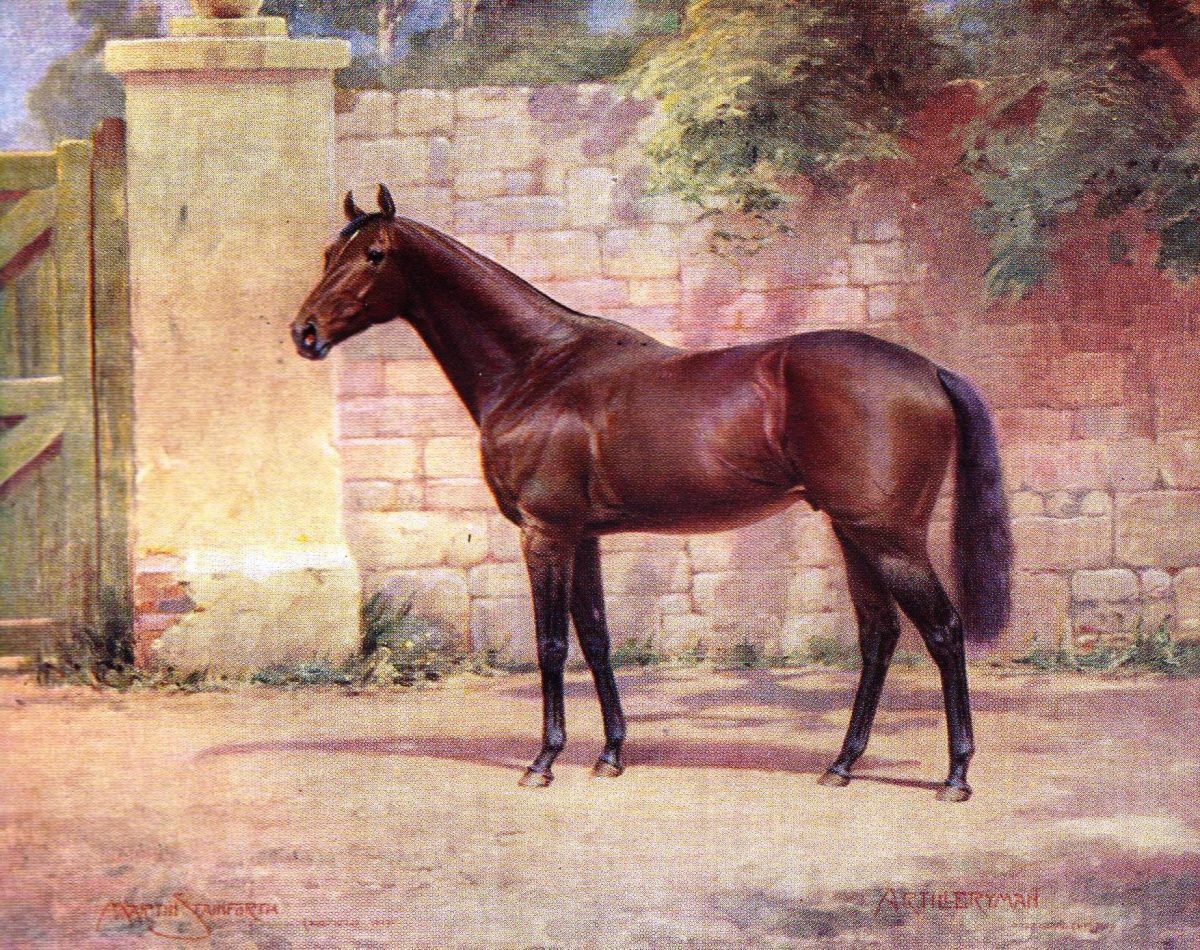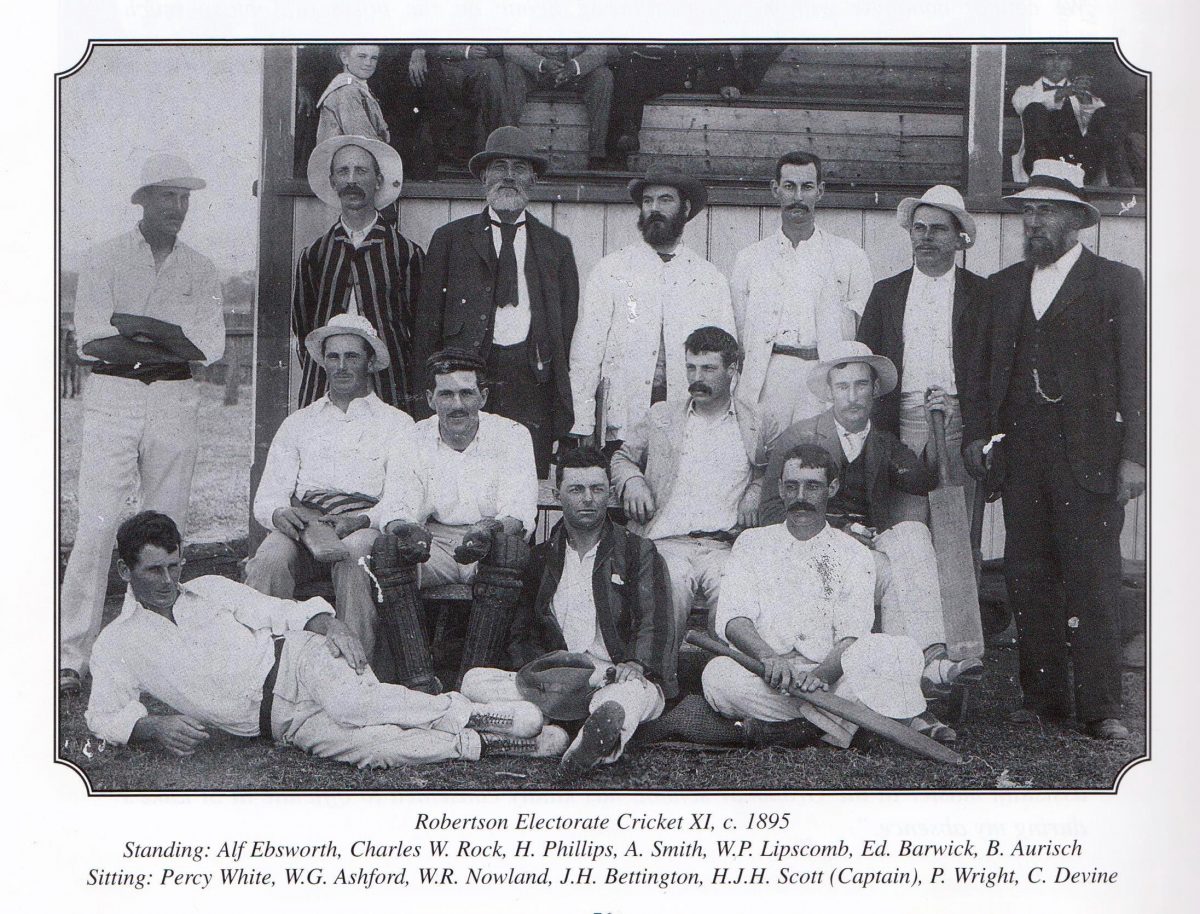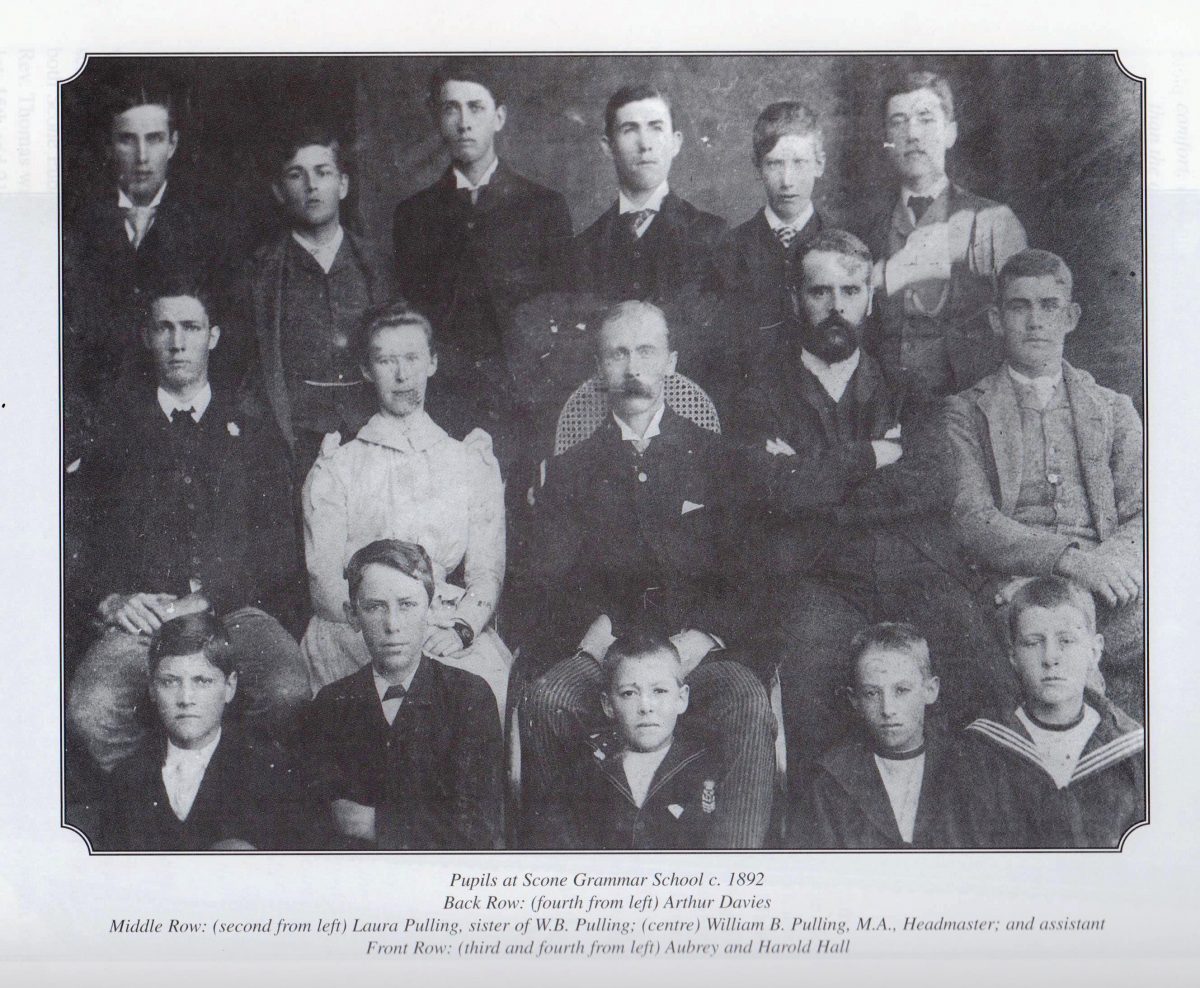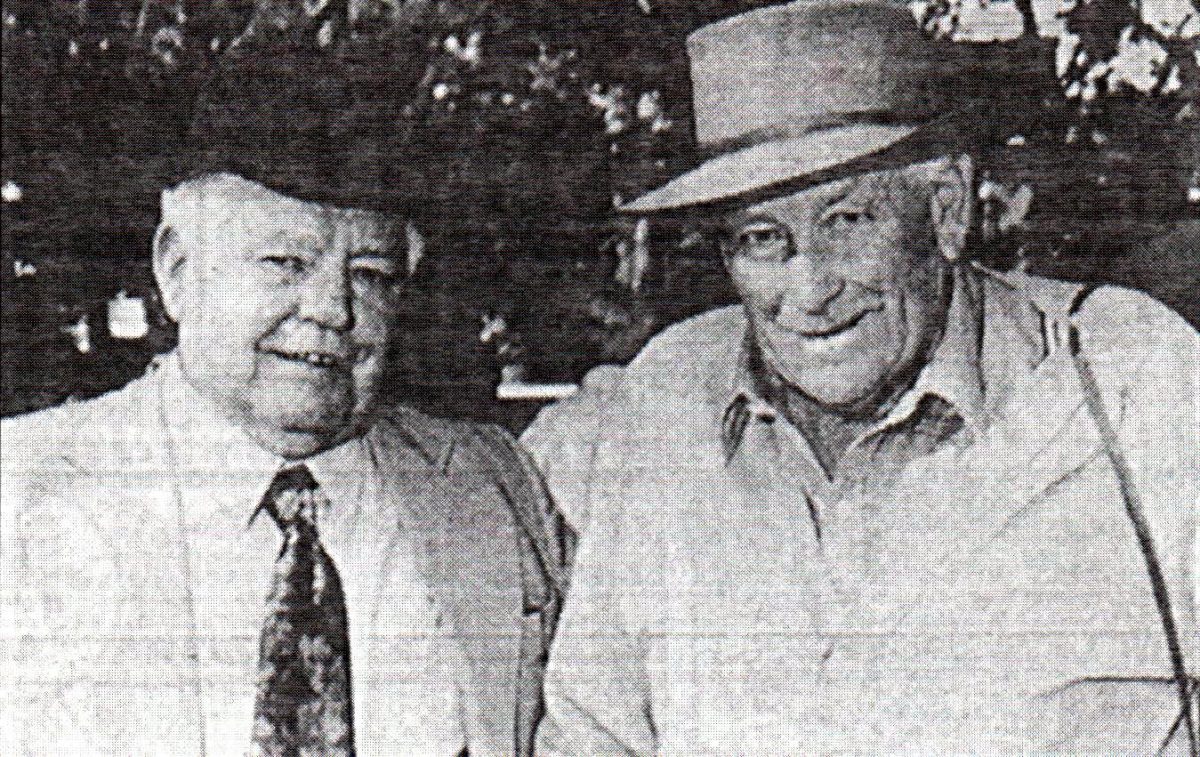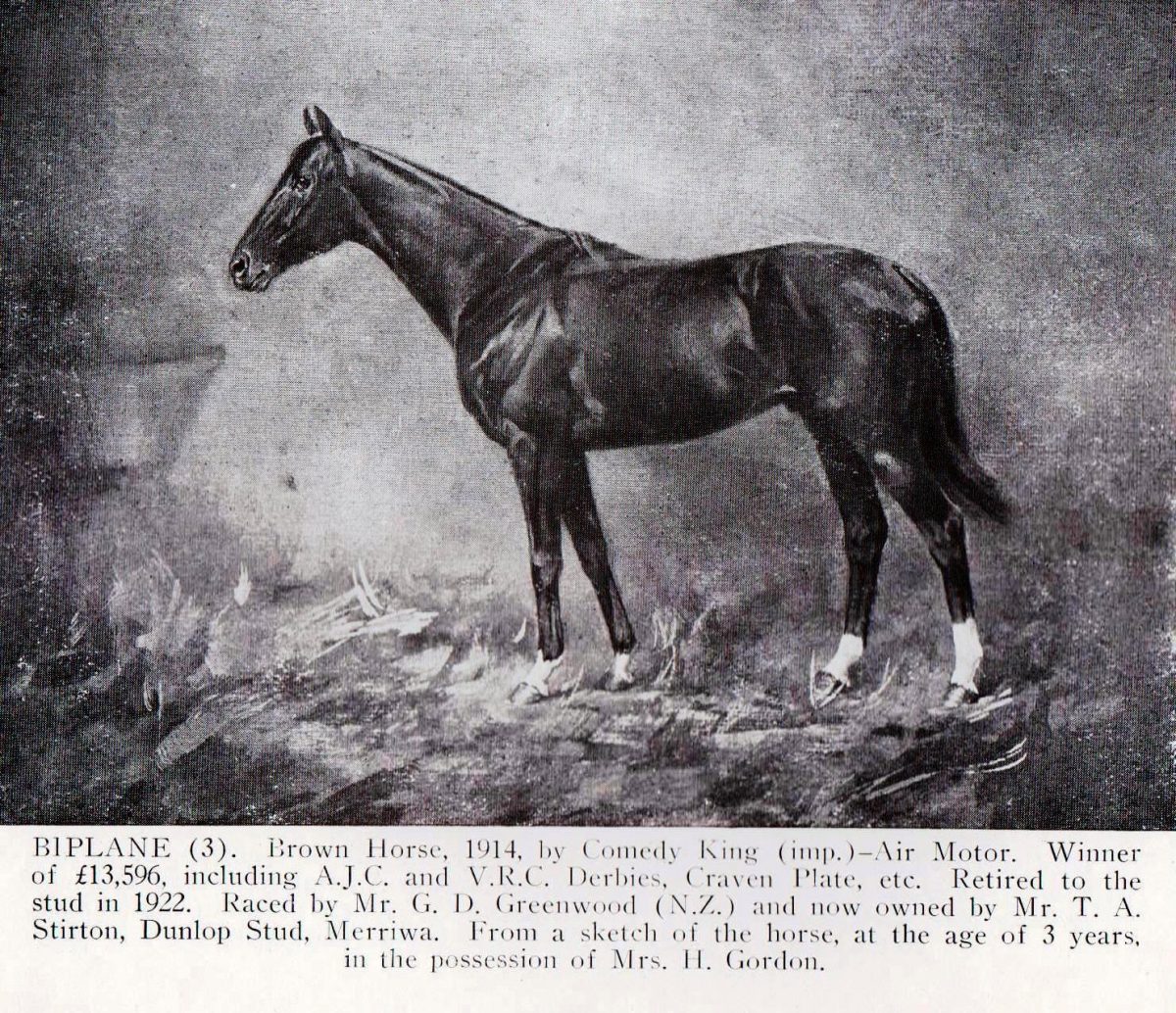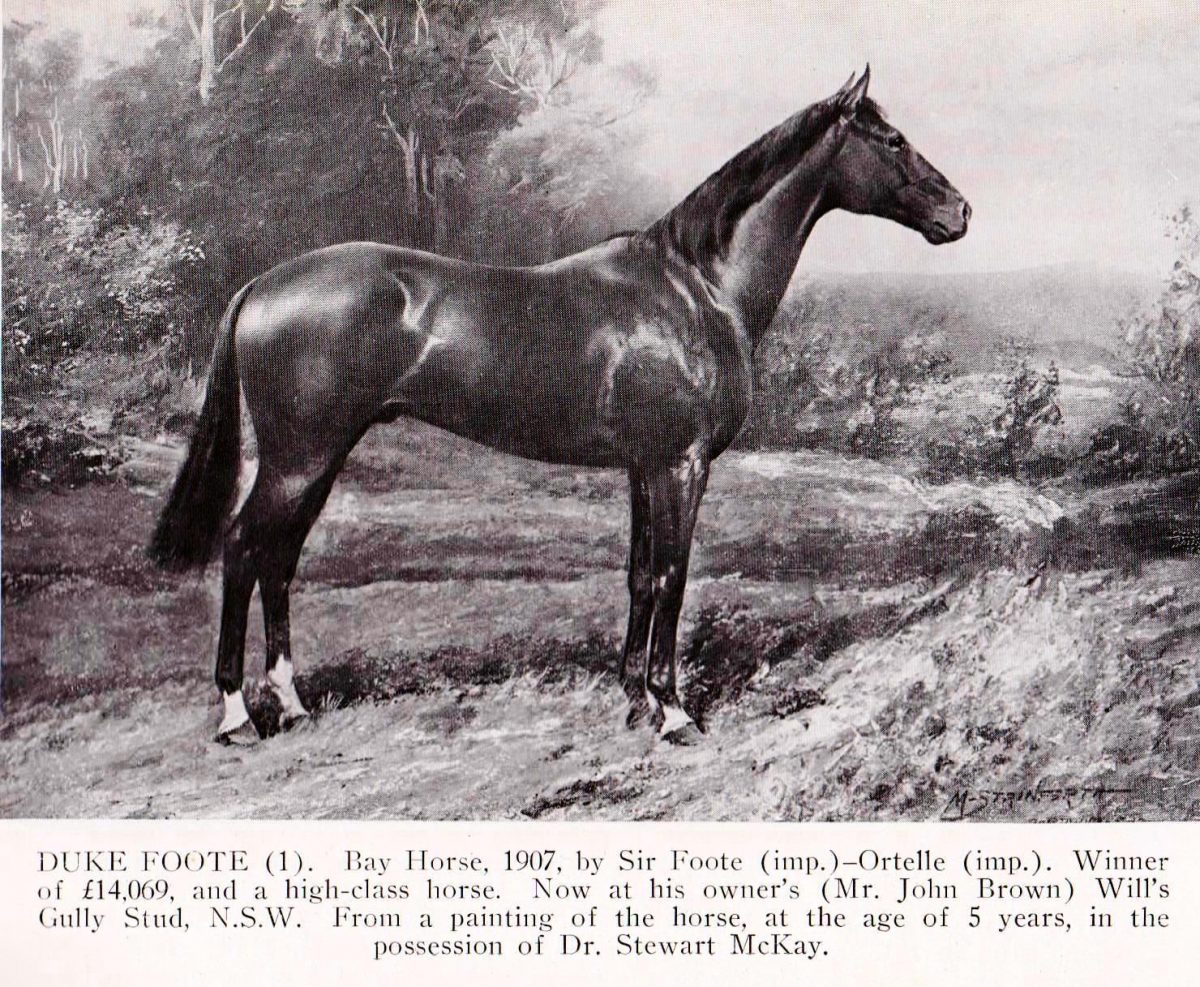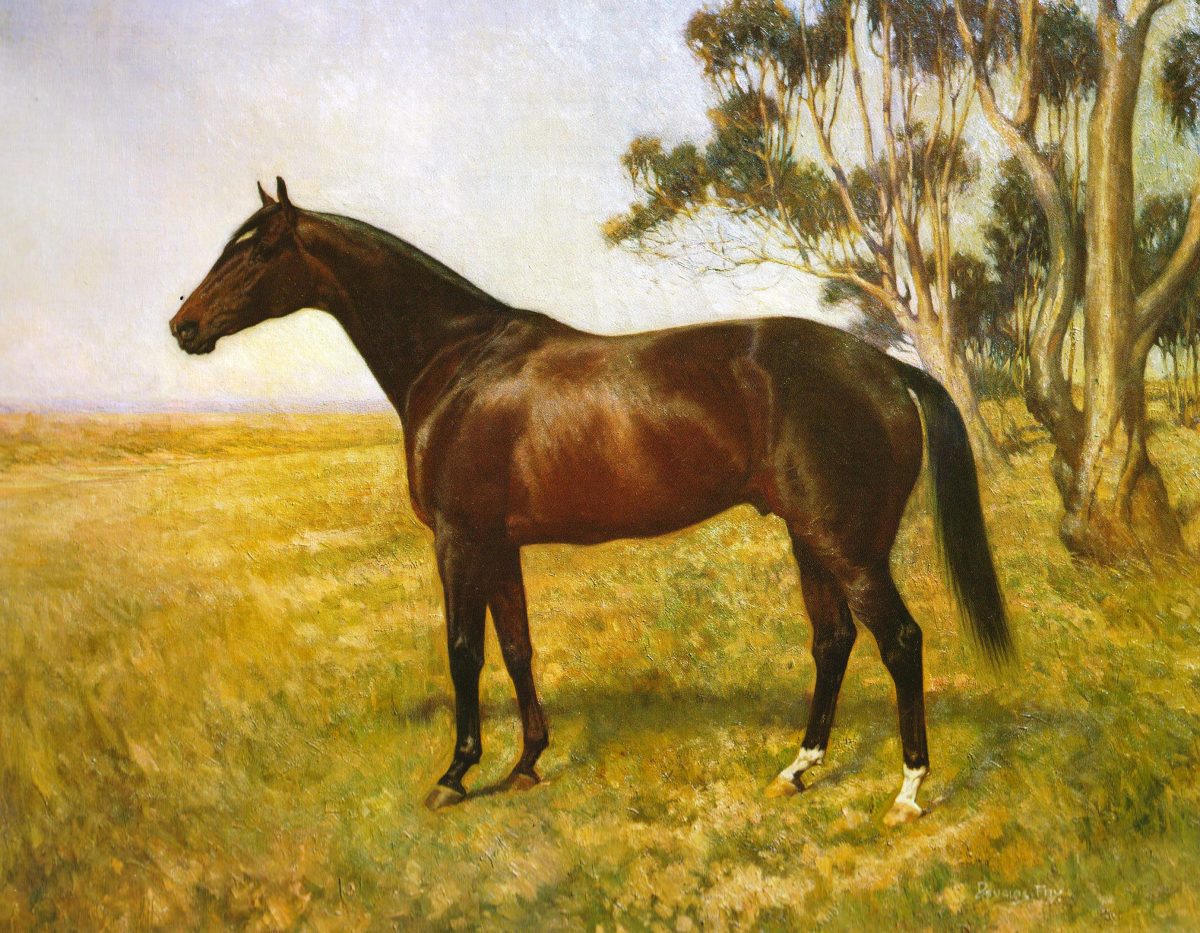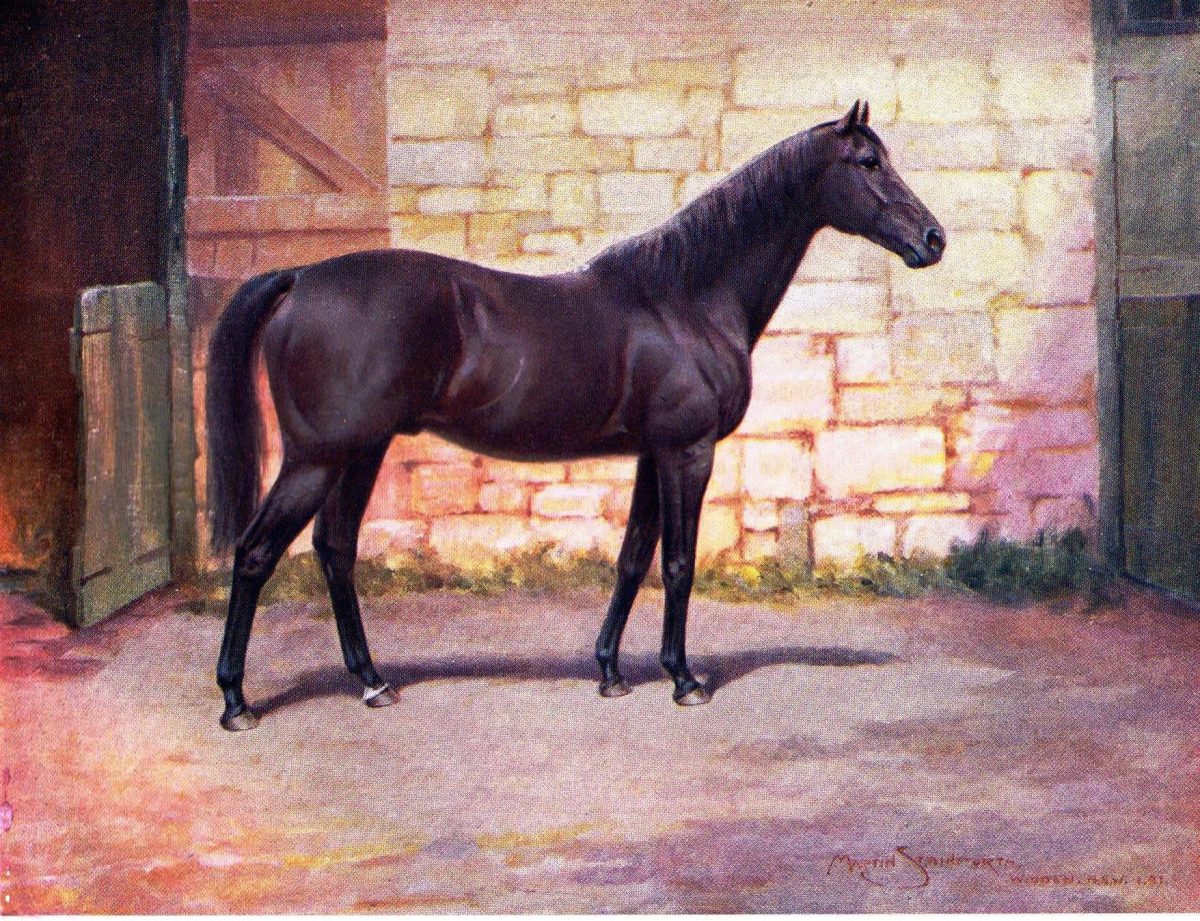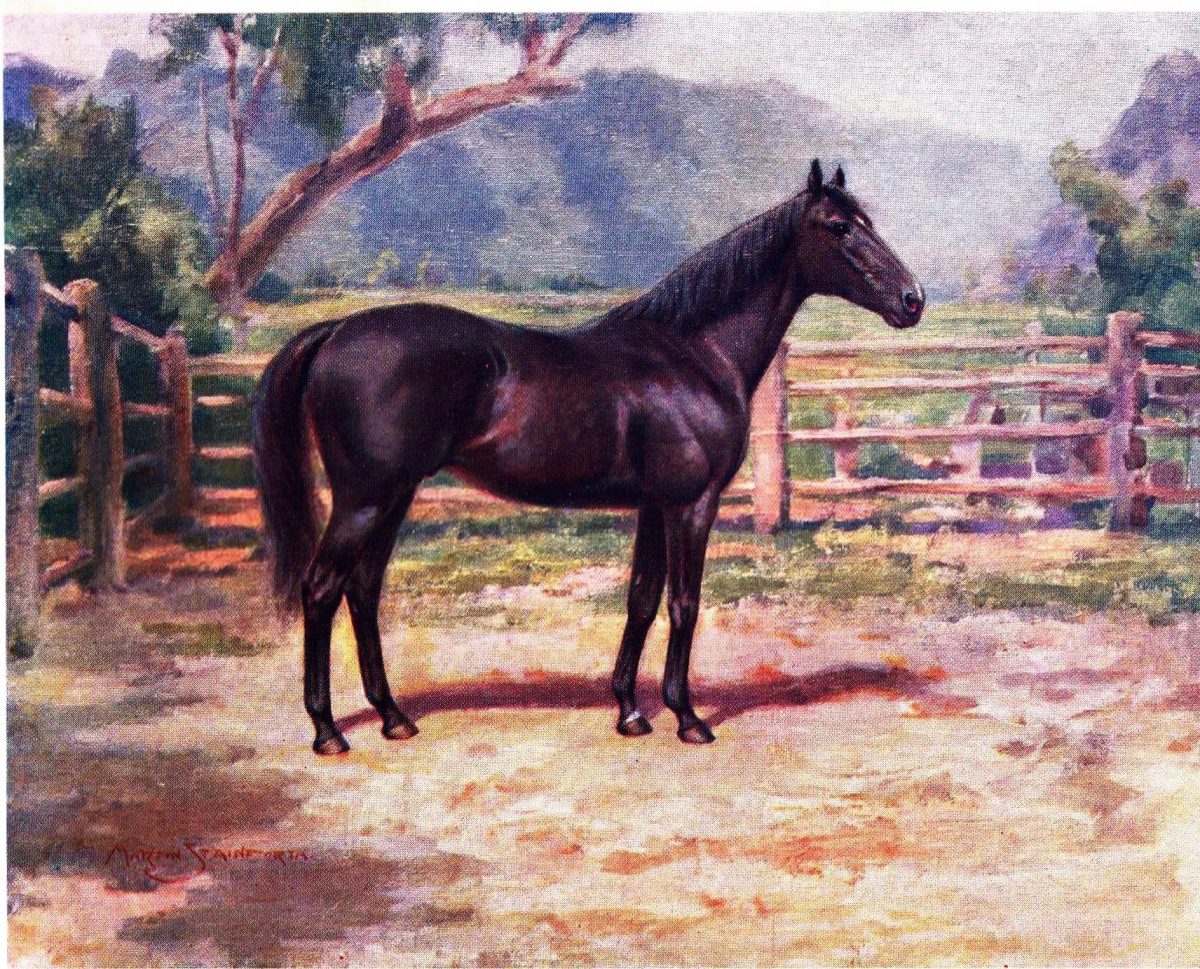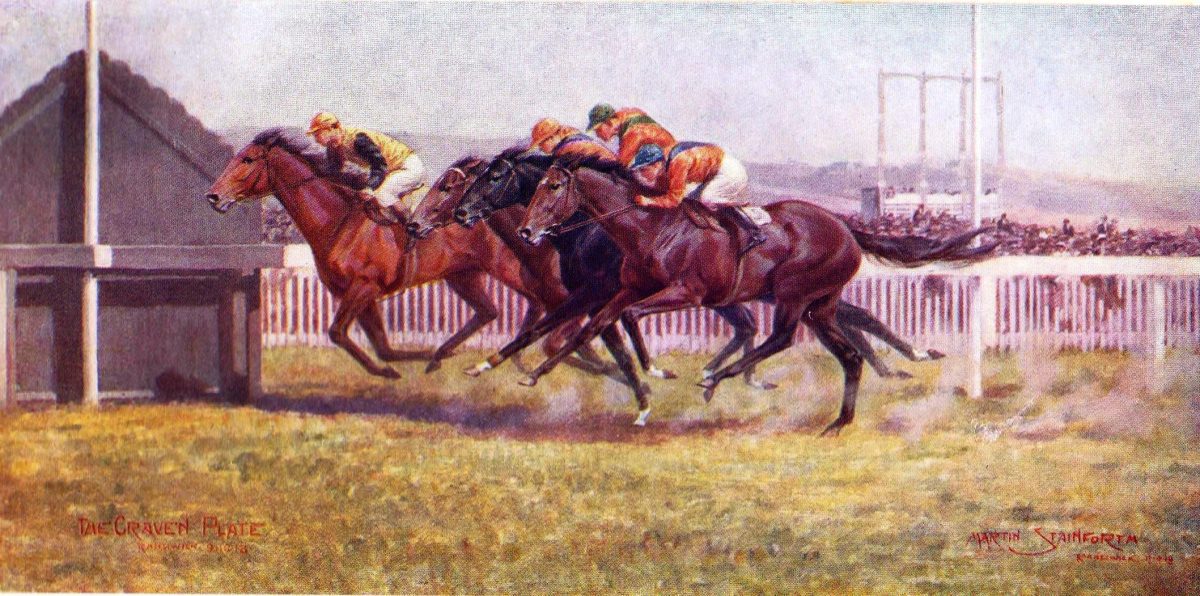William Bloomfield Pulling MA
Featured Image ‘Pupils at Scone Grammar School c 1892’; Courtesy of:
‘The Inn, The Dentists and The School’ (Federation Publication No. 2; Published by Scone and Upper Hunter Historical Society 1998) by Mace Bain, Roger Humphreys BDS and Gillian Blandford Hayes
I have mentioned many times the vitally important contribution made by professionally trained protagonists who bring their erudition and ‘worldliness’ to emerging colonial communities. Teachers were among the most important early cadres.
William Bloomfield Pulling was one of the very best. St Luke’s School had operated in Scone from 1845 – 1876. On 24 October 1844 the Rev John Morse, Rector of St Luke’s Scone Parish, Mr John Bingle of Puen Buen, and Captain William Dumaresq of St Aubins met in the vestry of the newly completed St Luke’s Church to consider the establishment of a school in Scone. It was decided to erect a schoolhouse and master’s residence for that purpose on the corner of Kingdon and Hill Streets. The project was a bold one for Scone was at that time a tiny place. Up until 1880s there was no secondary school in Scone. Primary education was offered by St Luke’s, the National School and Mrs Coombes’ school for girls. Many were obliged to attend schools in larger towns such as Maitland, Newcastle and Sydney.
St Luke’s ceased operation in 1876 after a lifetime of thirty one years. The unused schoolroom was used as a church hall. In 1886 the Rev A C Thomas of St Luke’s determined to find a suitably trained teacher to establish the Grammar School. Fortuitously he contacted William Pulling MA then ‘Scholar’ at Corpus Christi College, Cambridge; also the alma mater of the Rev Thomas. Pulling was at that time Assistant Master at King’s School, Rochester, Kent. He agreed to come to the Grammar School and arrived in Scone in April 1887 as its first headmaster. On 18 July 1887 the Grammar School commenced its first term ‘open to Day boys, Weekly Boarders and Boarders’.
Continue reading →










